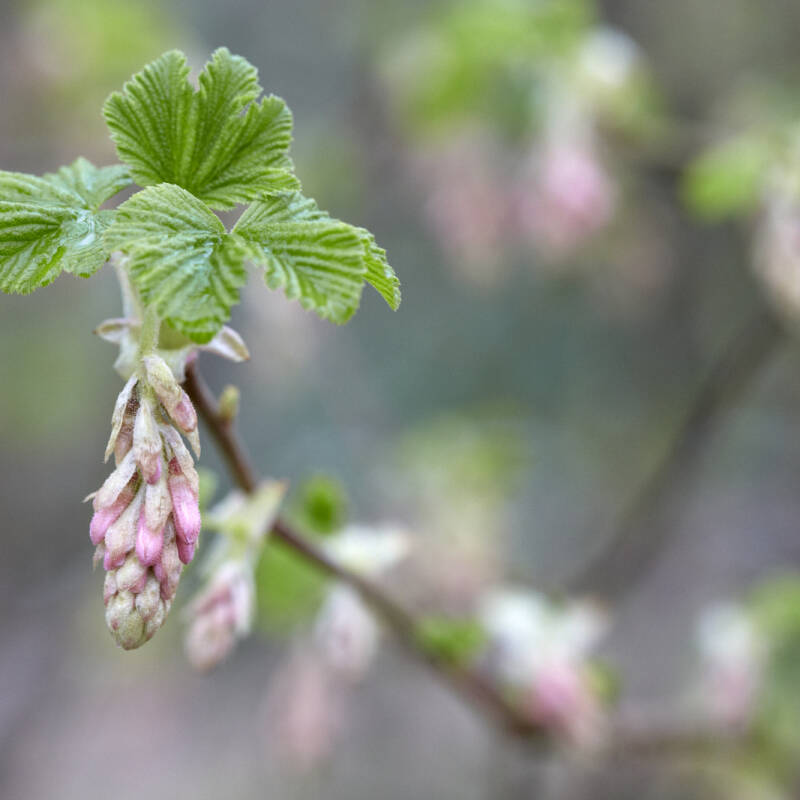July is the tastiest month of the year. So many delicious crops ripen this month—corn, watermelon, peaches, and the home-garden favorite, tomatoes.
By now your tomatoes are hitting their stride, with the early ones, like ‘Early Girl’, making their debut in that first BLT of the season. They’re followed closely by cherry and grape tomatoes, which provide sweet, refreshing snacks as you tend to your garden beds. After that, the ‘Cherokee Purples’ and ‘Carolina Golds’, perfect for pairing with fresh mozzarella and basil in your Caprese salad, are ready to be harvested. And finally come the heirlooms, which need only to be sliced and sprinkled with salt.
The tomato season sadly doesn’t last forever, but here are five ways to make the most of it, for as long as possible.
N.B.: Featured photograph via White Flower Farm.
1. Prune…carefully.

Pruning is an art. You need to find the balance between helping and hurting. One of the first things you need to know is what type of tomato you have. Is the plant a determinate or indeterminate variety? Pruning the former may cost you tomatoes, while pruning the latter may encourage fruit production and speed up the ripening process. How can you tell which is which? First, check the seed package, plant tag, or ask the grower. If those aren’t options, generally speaking, a determinate plant (like San Marzano tomato) grows all its fruit at the same time. An indeterminate plant (like ‘Sungold 100’) sets fruit and until the cold weather kills it. Determinates are generally stocky and shorter, and don’t need much, if any, pruning. Indeterminates are more vine-like and may need pruning to remove suckers, and to direct and contain growth. Additionally, prune to remove any yellow leaves and those that have come in contact with the ground. That said, if you do nothing at all, your tomato plant will be fine.
2. Water…regularly.

According to Rutgers University’s Cooperative Extension, a national authority on tomatoes, tomato plants need one inch of water per week. And they should be watered slowly and deeply. This will help the plant create deep roots. Uneven watering can cause problems for tomatoes. Early in the season, it can be the reason for blossom end rot, which is when the plant doesn’t get enough calcium. During the height of the season, however, uneven watering can cause the plant to take up too much water, causing the fruit to split.
3. Fertilize…correctly.

Tomatoes are heavy feeders. Even if you prepared your soil by amending it in the fall, it’s a good idea to fertilize. Rutgers recommends a 5-10-5 fertilizer. How much and when depends on what kind of fertilizer you pick. If you use granular, side-dress and work it into the soil at sign of fruit, followed by another application when you harvest for the first time. If you use liquid fertilizer, it can be applied every week or every other week. Always follow the directions on the package.
4. Protect…creatively.

You’re not the only one who likes tomatoes. Squirrels and other critters do, too. A creative way to protect your harvest: Put red plastic holiday ornaments on the branches. Squirrels will mistake them for tomatoes, try to nibble on them, and realize they’re fruitless. If you are having a heatwave and your squirrels are taking the green tomatoes, put out a dish of water for them—they are taking the green ones because they are thirsty. And did you know that tomato hornworms glow under a blacklight? They may be masters of camouflage during the day, but an inexpensive blacklight flashlight can find them fast at night.
5. Harvest…early.

Harvest your tomatoes at the “breaker” stage. This is when the tomatoes are about 50 percent ripe. At this point, they have achieved their maximum sweetness potential, and they can happily ripen on your kitchen counter—away from critters. This will save you the crushing disappointment of waiting until the tomato is perfectly ripe only to find it half eaten in the garden bed by a critter.
See also:
- Grow What You Love: A Life of Tomatoes
- How Many Tomatoes Does It Take to Fill a Canning Jar?
- Gardening 101: Everything You Need to Know About Growing Tomatoes












Have a Question or Comment About This Post?
Join the conversation (0)